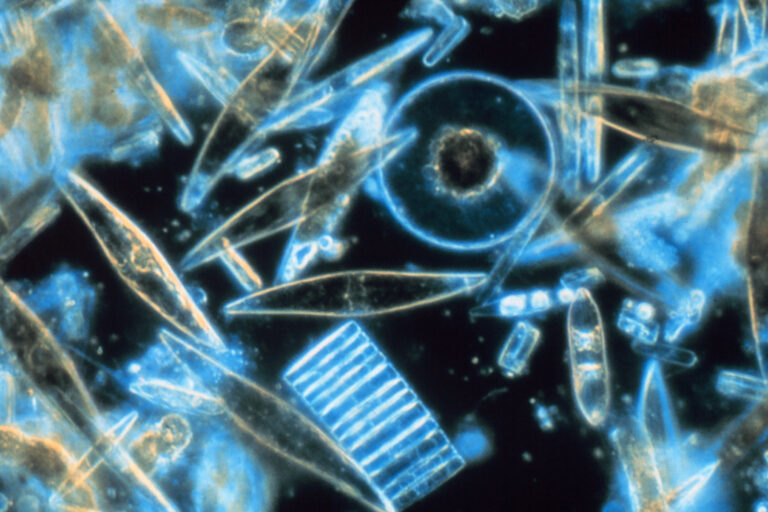
Health & Welfare
Can photoautotrophic cultivated diatom biomass in salmon feed deter lice?
An evaluation of experimental Atlantic salmon diets with photoautotrophic cultivated diatom biomass shows the potential to deter lice.
Intelligence
Believed to be less susceptible to the effects of ocean acidification, marine diatoms could struggle to form silica-based shells, new research shows.

Health & Welfare
An evaluation of experimental Atlantic salmon diets with photoautotrophic cultivated diatom biomass shows the potential to deter lice.
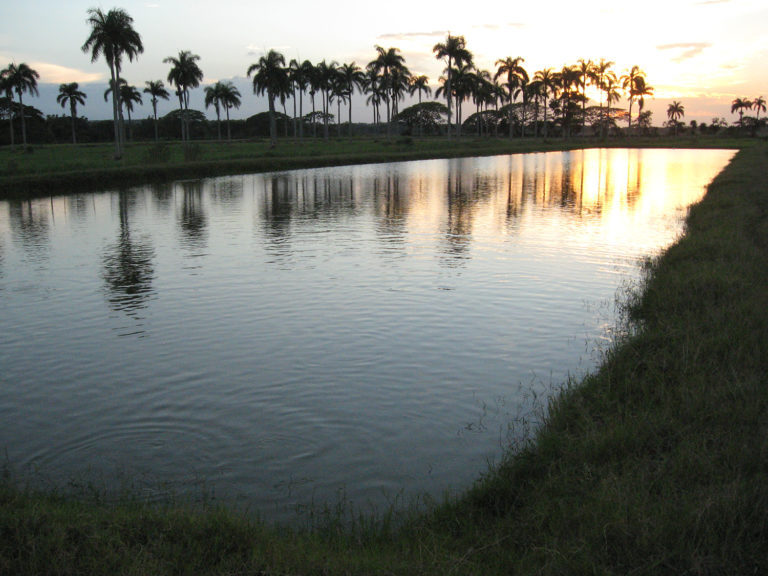
Responsibility
Intensification of pond aquaculture involves the use of commercial fertilizers such as urea and triple superphosphate to stimulate phytoplankton blooms. There is no objective way of determining the ideal fertilization rate for an individual pond.
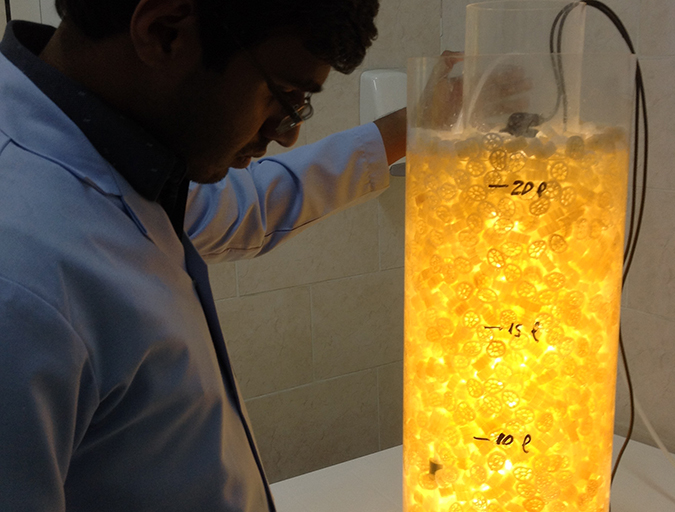
Aquafeeds
The development of this reactor for the indoor cultivation of non-suspended microalgae like important diatoms such as Amphora spp., and the cellular dry matter values produced in this study will help bio-filming science support the development and improvement of in situ feed supplementation for fish and shrimp ponds, particularly in desert environments.
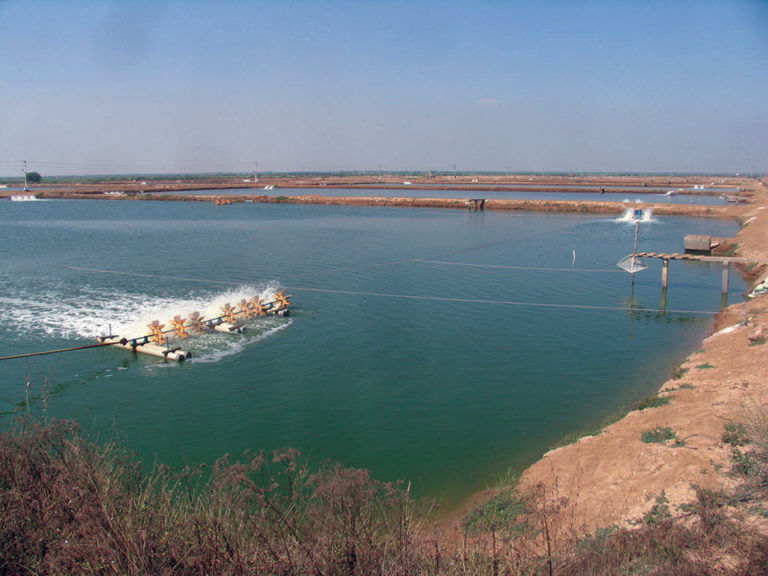
Responsibility
The silicon plants take up in silicic acid from water strengthens cell walls. Among the phytoplankton, diatoms particularly need silicon.
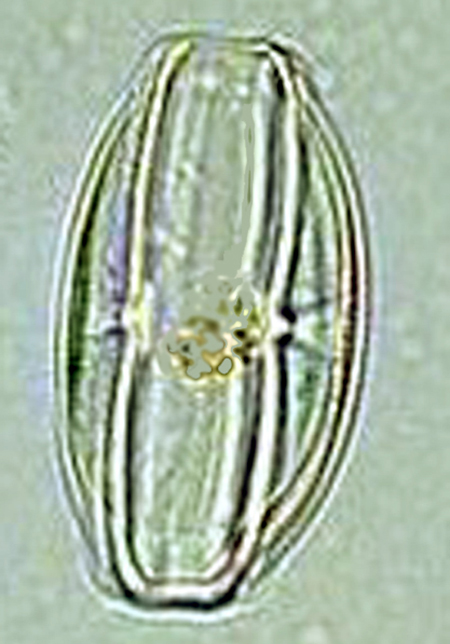
Health & Welfare
Progressive hatchery operators recognize the benefits of adding benthic pennate diatoms of the genera Amphora and Navicula to their larviculture tanks.